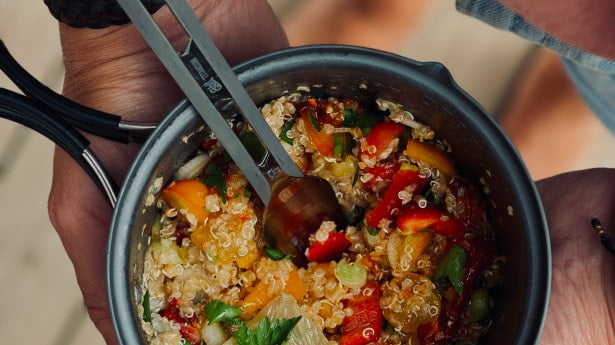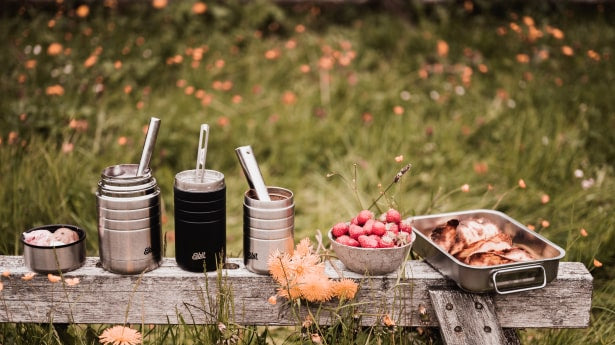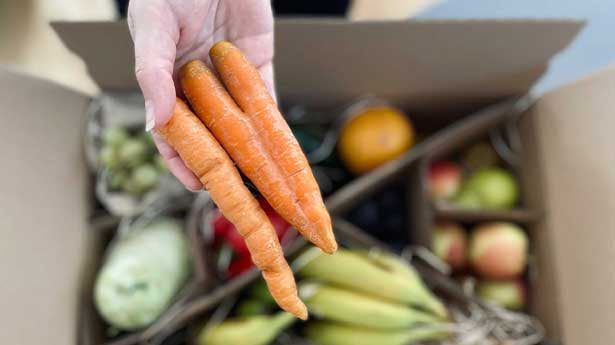Adventure Tips
#MyEsbitStory At Esbit, we share your passion for the outdoors and the desire to get the most out of your adventures, whether you're an experienced outdoor enthusiast or just taking your first steps into the world of outdoor adventures - you've come to the right place. Our blog offers you practical tips, exciting travel reports and delicious recipes for your adventures and everyday life.
Be inspired. Welcome to the Esbit blog!
Adventure blog
First barbecue - tips, recipes & must-haves for our charcoal barbecue
Tips for adventures together in nature – perfect for Valentine's Day
Esbit Christmas Gift Guide
Esbit gift ideas for Christmas – practical and perfect for outdoor fans
75 years of Esbit Compagnie GmbH: An interview with Managing Director Philip Paap on the anniversary
Bushcraft, Outdoor, Survival – an interview with bushcrafter Thorsten Nagel
Energy for your adventure: quinoa bowl recipe for outdoor cooking with Esbit
Make your own ice cream: Discover refreshing tips for the perfect ice cream on the go!
Fishing for Beginners: Stefan Shares Tips, Experiences and the Joy of the Hobby
As a passionate angler, Stefan talked to us about his experiences and tips. What advice can Stefan give to angler beginners? And much more…
Winter camping: How to succeed in outdoor cooking
Creative Christmas gifts for time in nature
At Christmas we like to give the gift of time together. There are creative gifts under the Christmas tree that underline our passion for nature.














